
Ecological Sampling of
Gaze Shifts
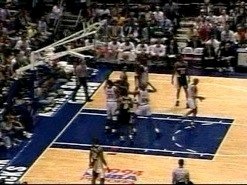
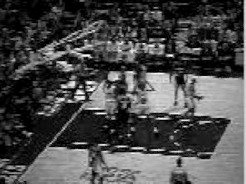

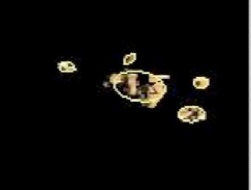
time-varying physical landscape (original video frame)
foveated landscape
saliency landscape
foraging patches
sampled food items (interest points)
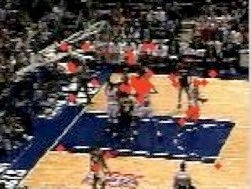
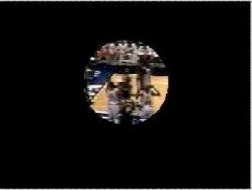
sampled gaze position
of the “foraging eye”
The Ecological Sampling model is a stochastic model of eye guidance
explaining the variability of eye movements.
The gaze shift mechanism is conceived as an active random sampling that the "foraging eye" carries out upon the visual landscape, under the constraints set by the observable features and the global complexity of the landscape. By drawing on results reported in the foraging literature, the actual gaze relocation is eventually driven by a stochastic differential equation whose noise source is sampled from a mixture ofalpha-stable distributions.
This way, the sampling strategy proposed here allows to mimic a fundamental property of the eye guidance mechanism: where we choose to look next at any given moment in time is not completely deterministic, but neither is it completely random
A preliminary attempt towards a composite sampling strategy for modelling gaze shift mechanisms has been presented in:
G. Boccignone and M. Ferraro, “The active sampling of gaze-shifts,”
in Image Analysis and Processing ICIAP 2011, ser. Lecture Notes in
Computer Science, G. Maino and G. Foresti, Eds. Springer Berlin /
Heidelberg, 2011, vol. 6978, pp. 187–196
However, that approach only conjectured a simple binary switch between a Gaussian and a Cauchy-like walk. While providing some promising results, the approach lacked of a general framework and did not ground its assumptions on empirical analysis of eye-tracked data.
The full model is described in :
-
G.Boccignone and M. Ferraro, Ecological Sampling of Gaze Shifts
IEEE Transactions on Systems Man Cybernetics - Part B
(published on line IEEExplore)
Code
MATLAB CODE
// SOFTWARE INSTALLATION (see README file)
To create the software library and run the demos:
1) unpack the compressed zip file in your working directory and cd to such directory (ecosampling)
you will find the following directories:
- /doc: the reference papers
- /intpoints function for sampling interest points
- /protobj functions for sampling proto-object parameters
- /Datasets: image sequences to be processed
- /results: to store results
- /saltools: the tools for computing saliency: for demo purposes
here you will find the 3-rd party Self-Resemblance method
by Seo and Milanfar, Journal of Vision (2009) 9(12):15, 1–27
Store in this directory other salience methods you develop
or download from external sources
- /stats: statistics tools borrowed from various parties
- /visualization: some visualization tools
2) add the path to this directory and subdirectories in your Matlab environment
3) edit if you like the /config/config_simple.m script for tuning the parameters of the experiment or just try it in the proposed configuration. Such configuration script will be useful to you because
it holds all settings used in all parts of the code, enabling the exact
reproduction of the experiment at some future date
4) run demo program
>> runEcologicalSampling
===============IMAGE SEQUENCES===========
A short sample sequence for demo purpose is provided with the source code in the Datasets directory (from the CNRS dataset)
Put in this directory your own video clips, as sequences of frames
===============DEMO PROGRAM==================
The script
runEcologicalSampling
(1) sets the configuration script filename for setting the experiment
(2) sets the number of observers you want to simulate
-
(2)generates a scanpath on a video clip for each observer by calling the main function esGenerateScanpath()
===============================================
Permission to use, copy, or modify this software and its documentation
for educational and research purposes only and without fee is hereby
granted, provided that this copyright notice and the original authors'
names appear on all copies and supporting documentation. For any
other uses of this software, in original or modified form, including
but not limited to distribution in whole or in part, specific prior
permission must be obtained from University of Milano and the
authors. These programs shall not be used, rewritten, or adapted as
the basis of a commercial software or hardware product without first
obtaining appropriate licenses from U. of Milano. The University
makes no representations about the suitability of this software for
any purpose.
It is provided "AS IS" without express or implied
warranty.
